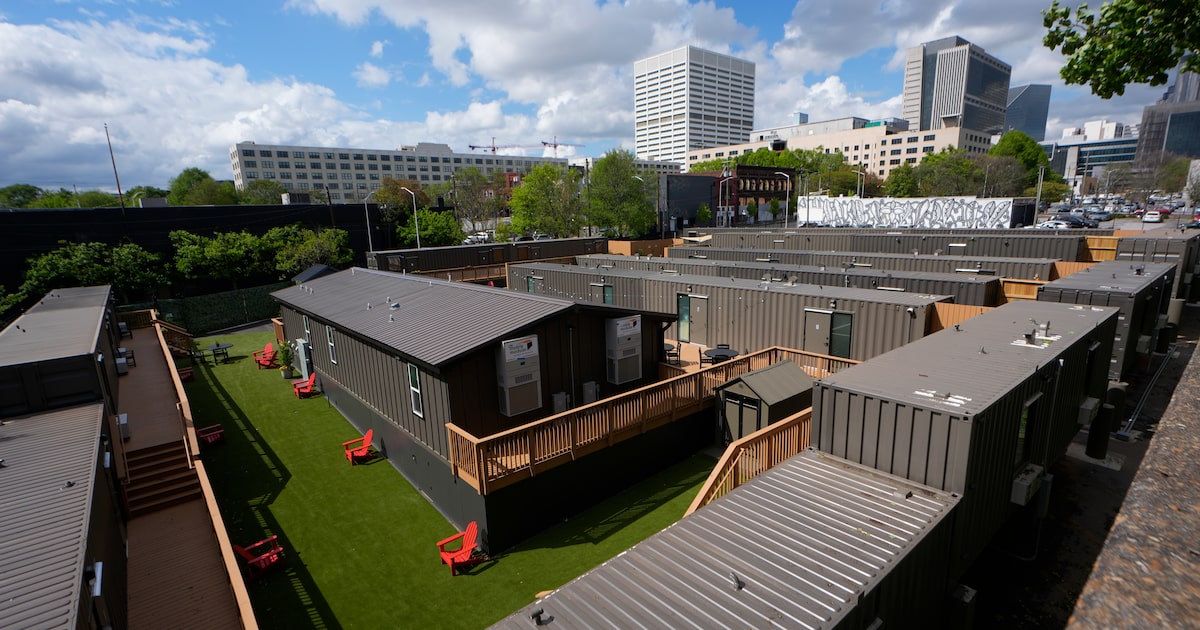There’s no question that Dallas needs better and faster ways of guiding the homeless out of public spaces and into the care and services they need.
The city has been talking about temporary “tiny home” shelters that don’t have foundations as a way of doing it for more than a year now. Yet in typical Dallas style, officials have yet to make any real decisions.
We’ve argued for some time that the city needs a middle ground between permanent housing and the encampments that constantly spring up all over the city. Several council members seem to agree, so when will they act?
Homeless encampments continue to pop up all over the city, as 311 complaints show. Dallas needs more tools to quickly address this situation.
Opinion
Last week, City Council members heard a presentation on the subject from Pallet Shelter, a company based in Washington state. It offers small units that range between 70 and 120 square feet, this newspaper reported. They are modular, pre-fabricated and look like garden sheds. The company’s website lists a community room and laundry and hygiene structures as additional products.
Pallet Shelter has built cabins in more than 120 cities, this newspaper reported. That includes two at Dallas’ Bonton Farms that opened in 2019, according to the company’s website.
Council members received a similar briefing about makeshift shelters more than a year ago. Some council members even traveled to cities like Los Angeles and Atlanta to look at various housing projects, but we still don’t have much to show for all that research.
Whether it’s pallet homes or something else, the city could start a pilot program to test out the idea of a temporary village-style shelter. If the city moves forward, it will have to maintain a safe and secure environment, as well as ensure the presence of social and health services.
Though a pilot program would bring its challenges, it’s better than inertia.
In May 2024, Dallas voters approved a $19 million bond package to “fund the construction, repair, and land purchase for permanent, supportive, and short-term housing for the homeless.” A small fraction of that money was reserved for The Bridge, but the rest wasn’t tied to other projects. According to the city’s bond dashboard, none of that money has been committed yet.
We need more permanent housing, but that cannot be our only option to deal with homelessness. Some people reject traditional shelters because they don’t want to live in a congregate setting. Standalone temporary shelters might serve this population and others who are not able to move into a permanent home immediately.
City officials promised voters a short-term housing solution, so what is it going to be?

